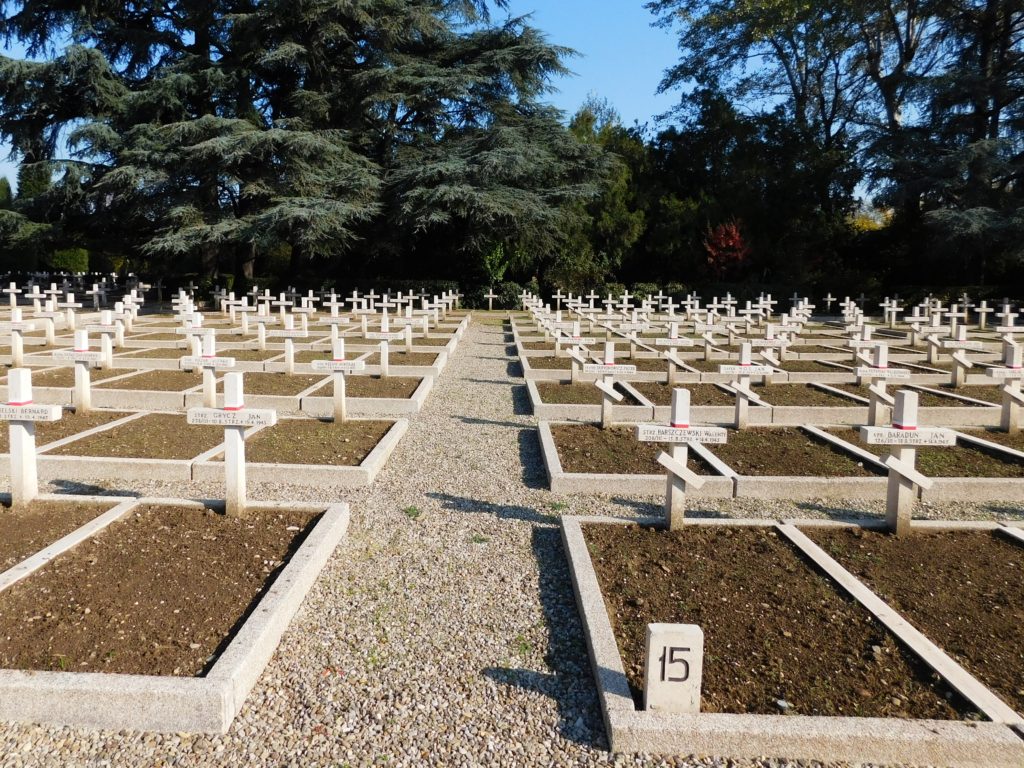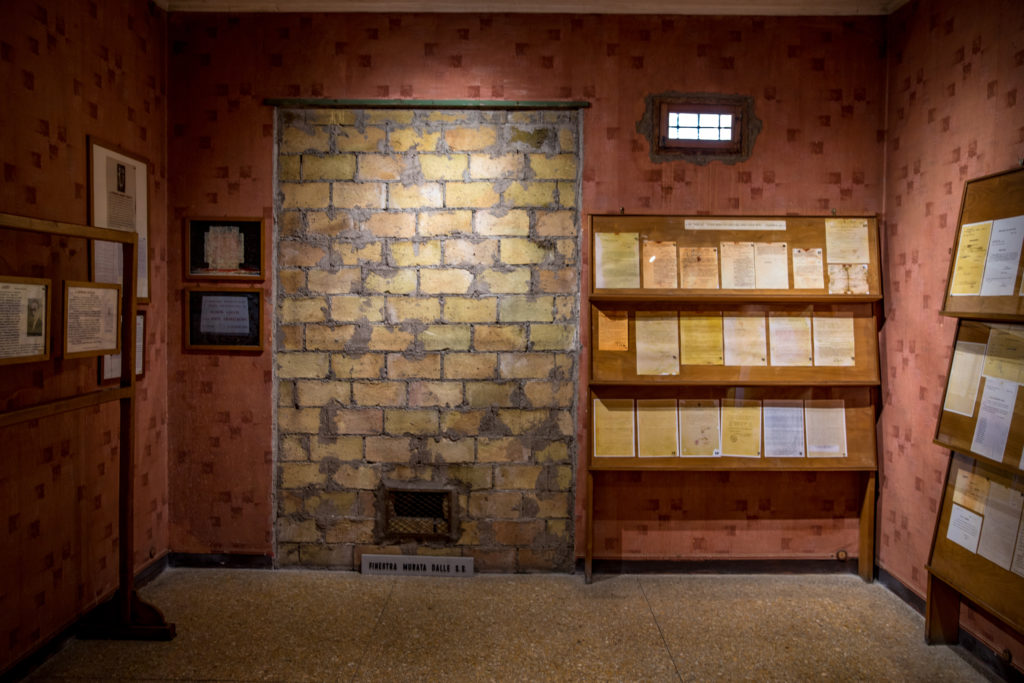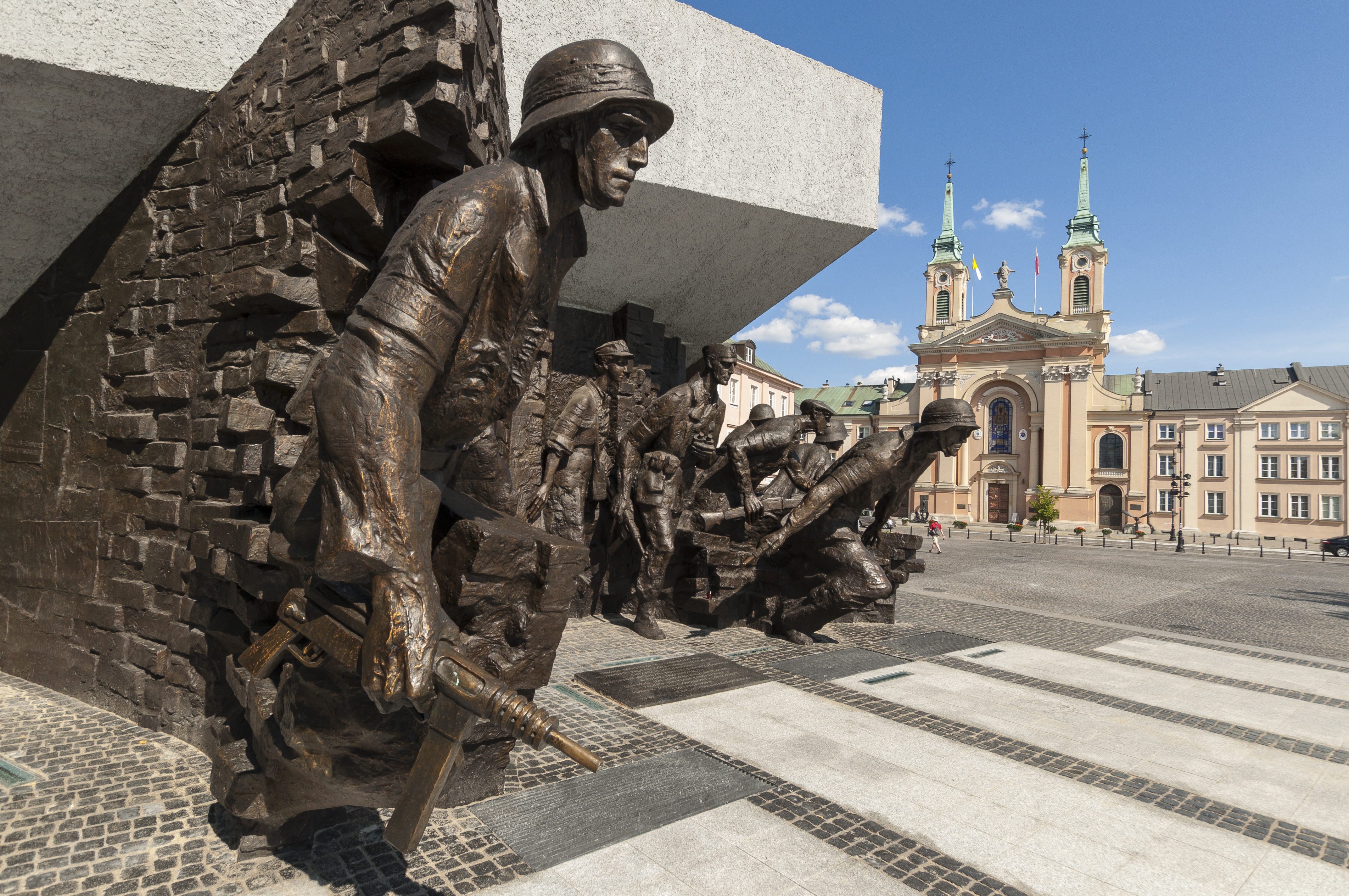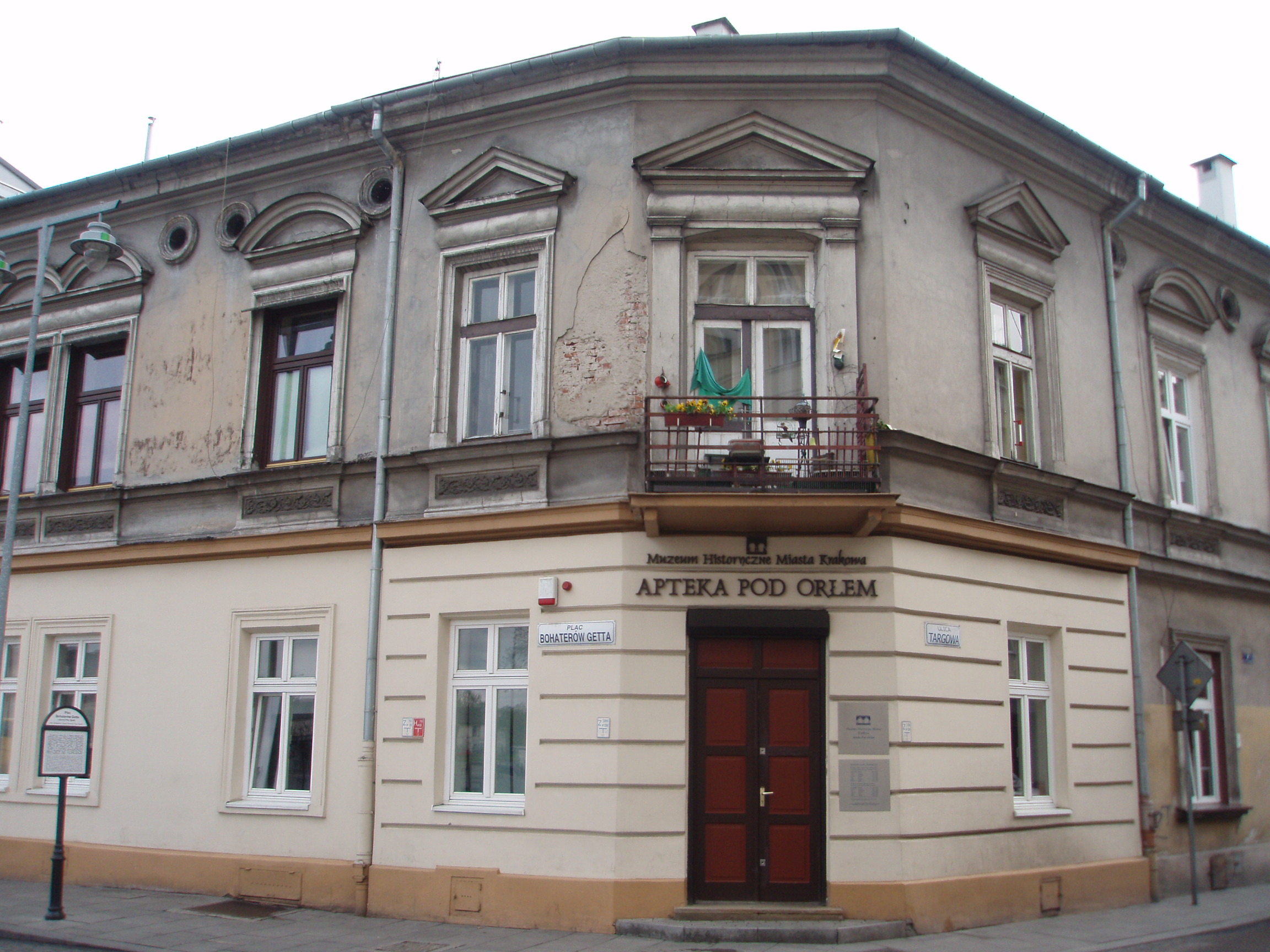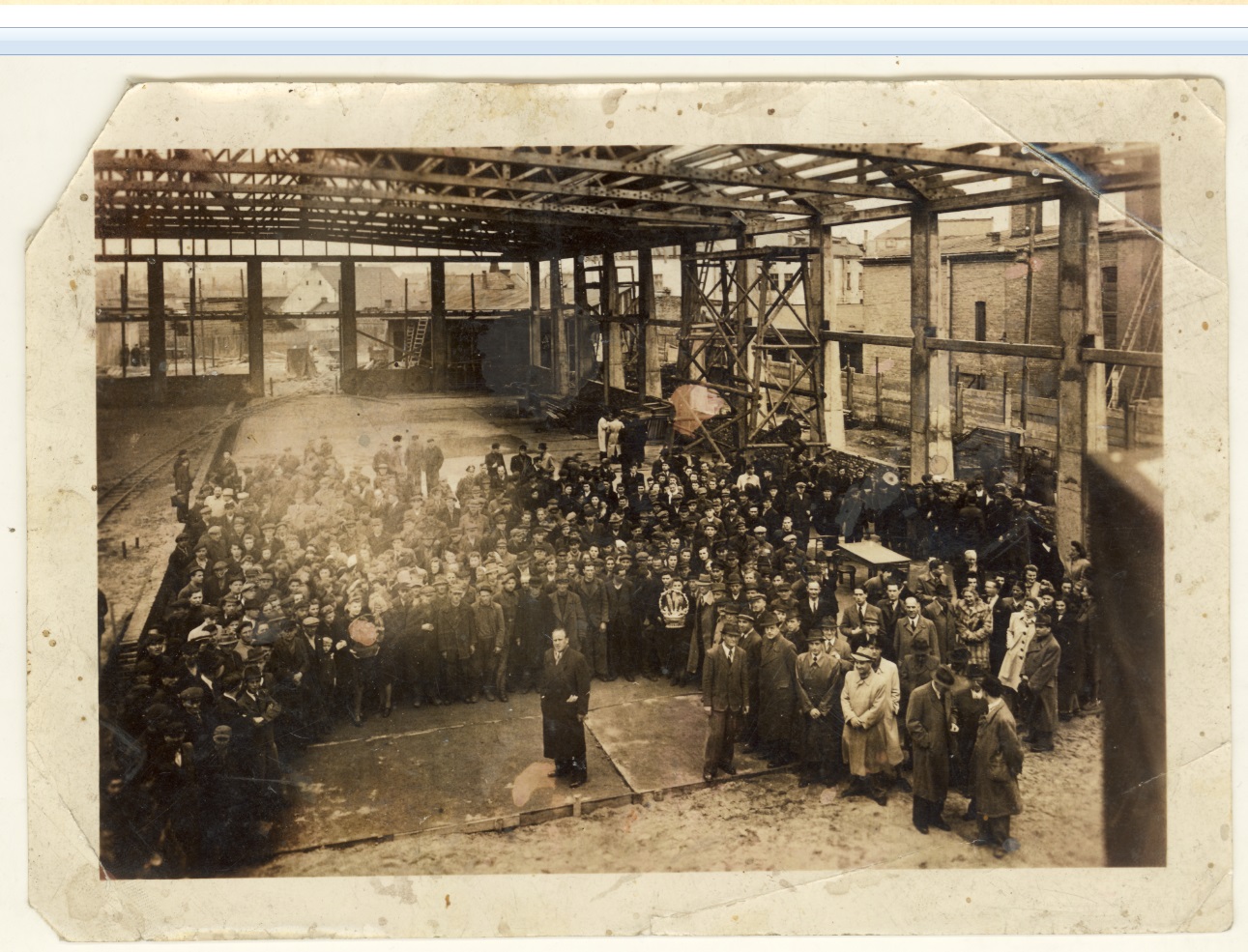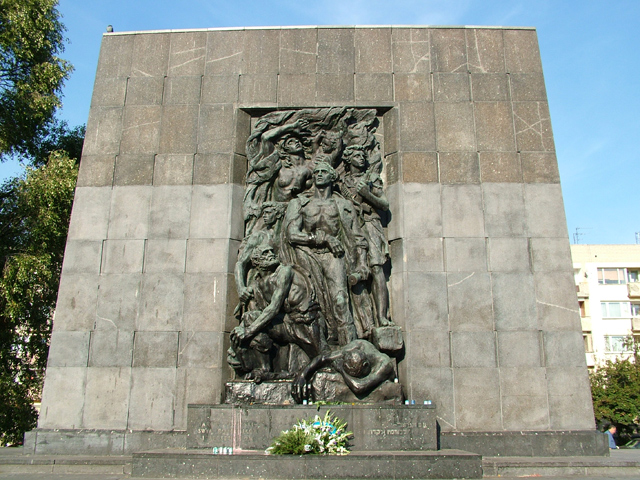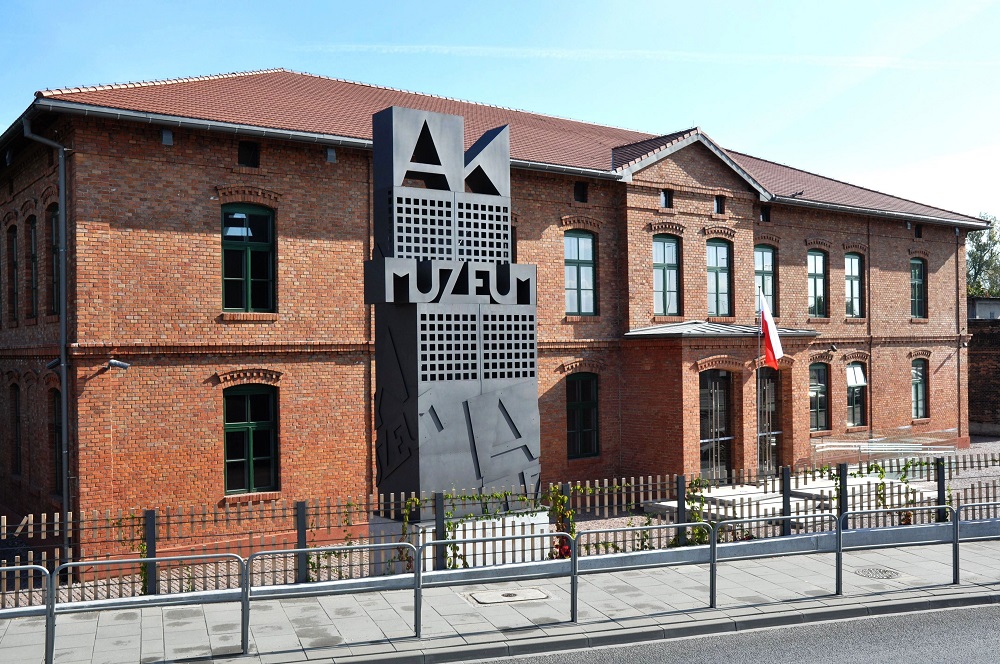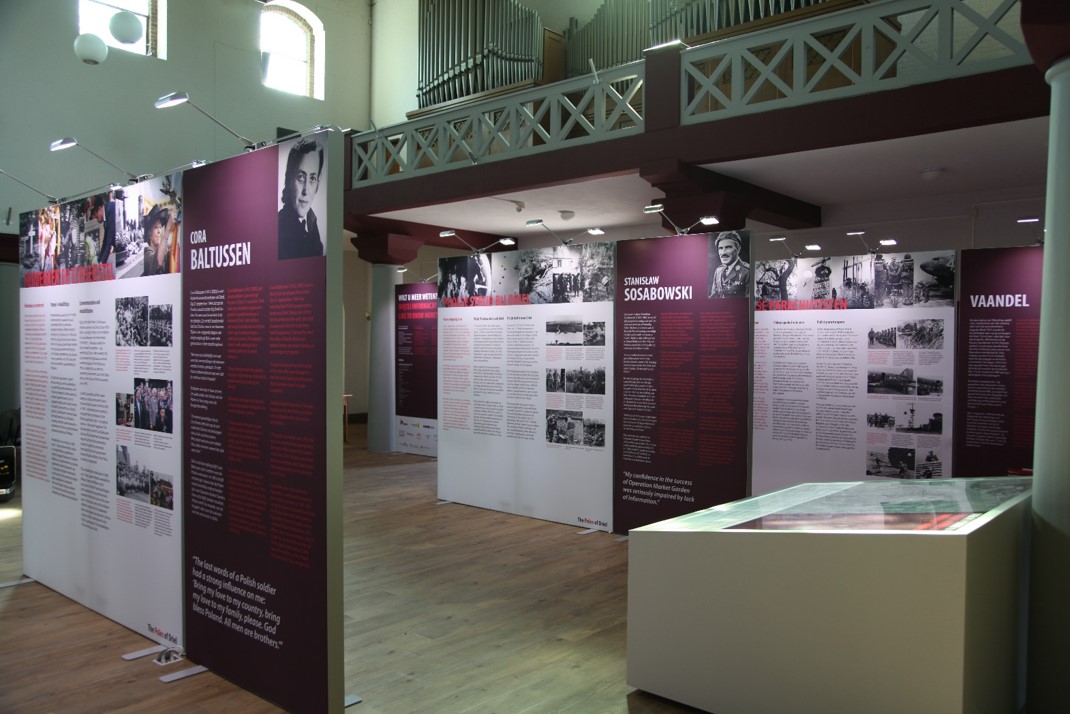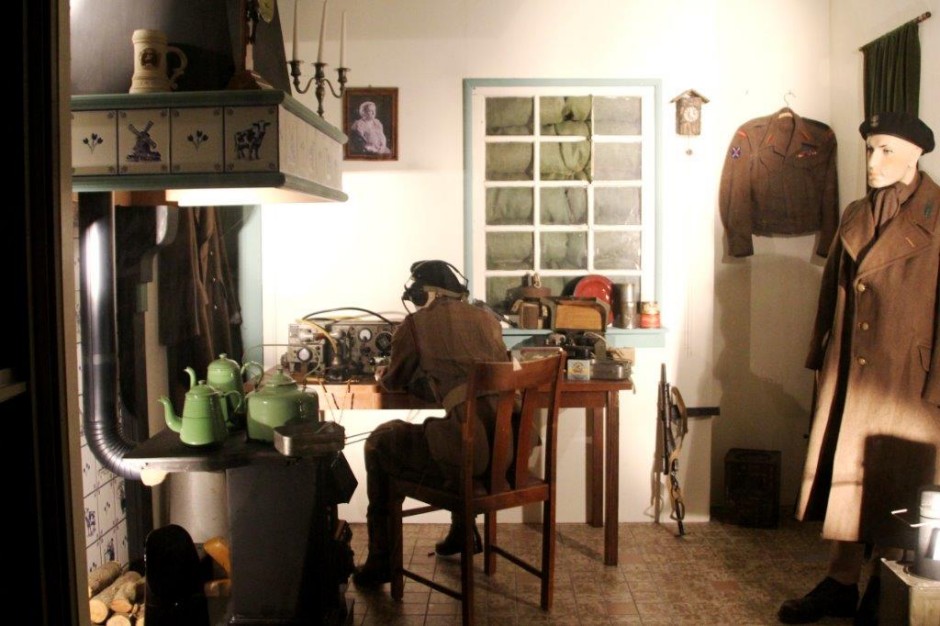
Rough Guides: Travel the Liberation Route Europe is a travel guide dedicated to remembrance sites and itineraries all over Europe.
Order your Rough Guides now!The European theatre of WWII opened with the German invasion of Poland in 1939, followed by the Soviet invasion. Throughout the war, Poles provided significant contributions to the Allied effort, fighting on land, sea and air. Large number of Polish troops managed to escape, first to France, then to the United Kingdom, where they formed the 1st Armoured Division and the 1st Parachute Brigade. Tens of thousands of Poles managed to leave Soviet Union in 1942 to form the Second Polish Corps.
From 1943, Stalin had Polish Communists organise a separate Polish Army, which eventually grew to ten divisions and a tank corps. In occupied Poland, the ranks of the clandestine Home Army eventually exceeded 300,000 troops, engaged daily in intelligence gathering and sabotage operations, finally staging the two-month long Warsaw Rising.
The Polish Air Force contributed to the Allied victory in the Battle of Britain fought from July to October 1940. Part of Polish Navy left for Britain on the eve of the war and, augmented by ships loaned from the Royal Navy, took part in major operations on the North Sea, the Atlantic and the Mediterranean.
Polish ground troops fought in defence of France in 1940 and were present in the defence of Tobruk during the North Africa Campaign. They took part in the Italian campaign and the Battle of Monte Cassino, as well as in the battles following the invasion of France. The 1st Armoured Division of General Maczek liberated several cities in Flanders (Belgium) and in the Netherlands in late 1944 before entering Germany in April 1945. Stalin-controlled Polish troops took part in the liberation of Poland and Czechia, and fought in Germany, taking part in the final battle of Berlin.
Arrive in Cassino in central Italy where the 2nd Polish Army Corps fought in the Battle of Monte Cassino as part of the British Eight Army. Explore the Monte Cassino Abbey and the Polish military cemetery to commemorate the 1,052 Polish soldiers who fell in the battle. Travel to Rome. From 17 January to 18 May, the 2nd Polish Army Corps and other allied forces took part in a series of offensives in an attempt to break through German lines to capture Rome.
Day 2After a visit to Rome Historical Museum of the Liberation, travel north to the city of Ancona where the 2nd Polish Army Corps undertook a successful battle from 16 June to 18 July 1944. Continue further north until you reach Bologna. Alongside other Allied forces, Polish troops won the battle for Bologna fought from 9 to 21 April 1945. Visit Bologna’s Polish military cemetery before travelling to Normandy.
Day 3The 1st Polish Armoured Division, under command of General Stanisław Maczek, arrived in Normandy on 1 August 1944 and participated in the Normandy Campaign as part of the First Canadian Army. Visit the Caen Memorial Museum and the area around Falaise where the Polish division broke through the German defense. Continue further south to Chambois where the troops helped surround the German 5th Panzer army and seized control of the Mont-Ormel Ridge. Finally, visit the Montormel Memorial and take a look at the statue of Maczek.
Day 4Cross the border of Belgium where the 1st Armoured Division of General Maczek arrived on 6 September 1944. Pass through the Flemish cities of Ypres, Tielt and Ghent that were liberated by the Polish Division. In Sint-Niklaas, check out the memorial monument built in honour of Maczek’s Division. In Beveren you can stand before the statue of General Maczek. End the day at Lommel Polish military cemetery where 257 Polish soldiers lie buried.
Day 5Travel to the Dutch city of Breda, liberated on 29 October 1944 with the help of the 1st Polish Armoured Division. Visit the General Maczek Museum, which will reopen on 29 October 2019 for the 75th anniversary of the liberation of Breda – and the Polish military cemetery. Head further north to the town of Moerdijk that was liberated on 8 November.
Day 6Visit the area around Arnhem and Driel where the 1st Polish Independent Parachute Brigade dropped during Operation Market Garden. Spend some time in the Airborne at the Bridge Museum and the information Centre: The Poles of Driel. Visit the National Monument to the First Independent Polish Parachute Brigade Group.
Day 7Travel to the Emsland district in Lower Saxony, Germany, where General Maczek and the 1st Armoured Division arrived in April 1945. On 6 May 1945, they seized the Kriegsmarine naval base in Wilhelmshaven when the war ended. Here you can learn about the history of Wilhelmshaven at the German Naval Museum.
Day 8The three last days of this itinerary will show you around several sites in Poland. In Gdansk, where the war broke out in 1939. Visit the Museum of the Second World War and the Cemetery of the Defenders of Westerplatte. On the Westerplatte peninsula, you can take a look at the Monument of the Coast Defenders. Travel south to Warsaw.
Day 9Start the day with a visit to the Warsaw Rising Museum, which documents on the story of the Warsaw Uprising in the summer of 1944. Don’t miss the Warsaw Rising Monument. Continue at the POLIN Museum of the History of Polish Jews and check out the Monument to the Ghetto Heroes, located in the square beside the POLIN Museum. Travel to Krakow.
Day 10Visit the Oskar Schindler’s Factory, a former metal item factory turned into a museum now devoted to the wartime experiences in Krakow under the Nazi occupation. After, head to the Eagle Pharmacy Museum, which is located within the limits of Krakow former ghetto area and commemorates the Holocaust of the Jews of Krakow. The tour ends at the Home Army Museum, the only institution in Poland focusing on the Polish Underground Movement and its armed forces.

